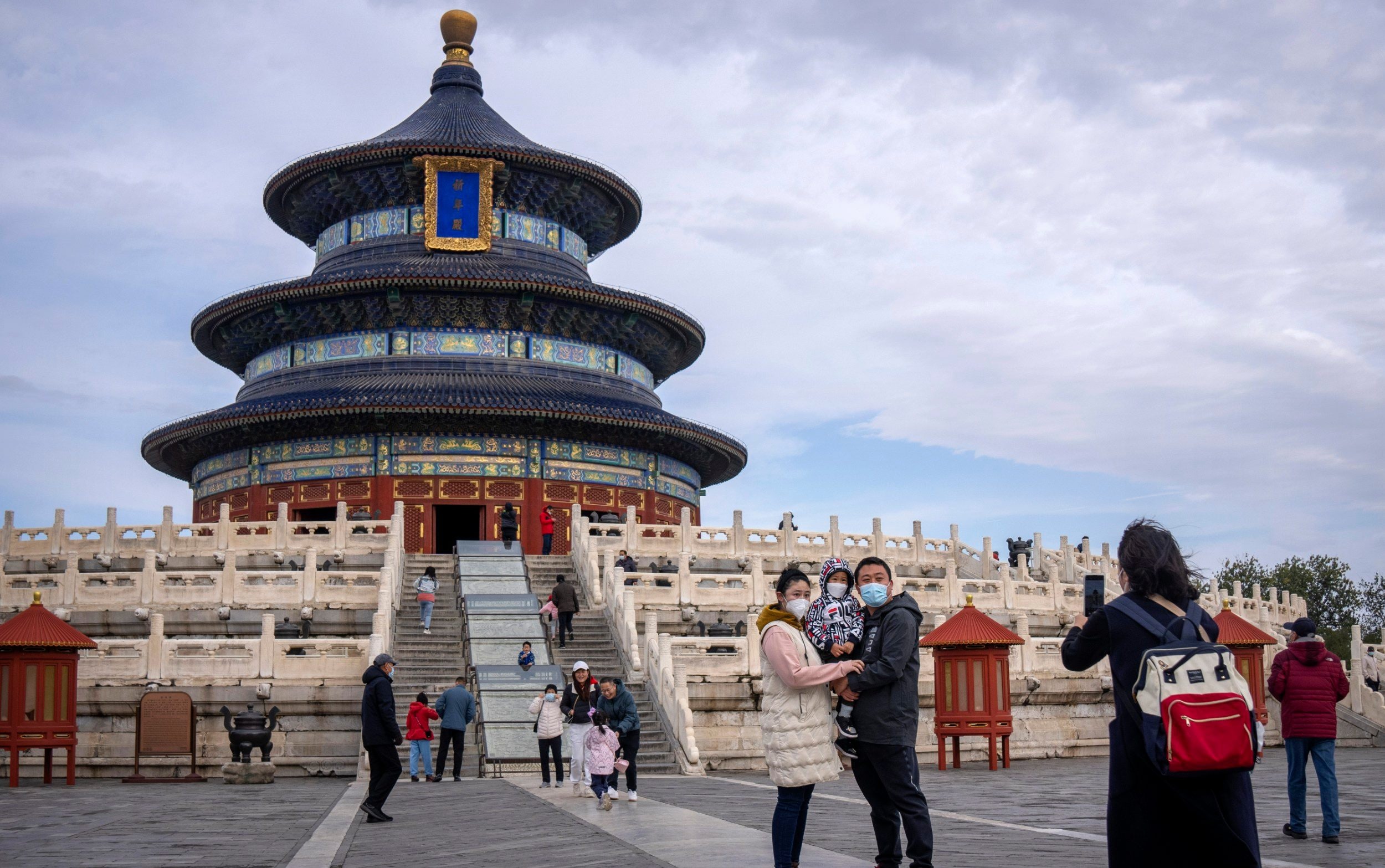
World’s most populous country, China’s population decline last year for the first time in six decades, according to the National Bureau of Statistics (NBS) on Tuesday.
According to official data, the Asian nation’s population was around 1,411,750,000 (1.4 billion) at the end of 2022, a drop of 850,000 from the previous year’s end.
The statistics are likely to mark the start of a decline in Chinese citizen numbers, which could have a significant impact on the country’s economy, which has also slumped after growing only 3% in 2022, one of the slowest in 40 years, according to official data.
The latest report confirms experts’ predictions that India, the world’s second most populous country, will surpass China to take the top spot.
According to Reuters, online searches for baby strollers on China’s Baidu search engine fell 17% in 2022 and are down 41% since 2018. Furthermore, searches for baby bottles have decreased by more than a third since 2018. In India, however, the opposite is true, with Google Trends indicating a 15% year-on-year increase in searches for baby bottles in 2022, while the same for cribs saw a nearly five-fold increase.
Meanwhile, online Baidu searches for adult care homes increased eightfold last year in China.
The following are the key points of this progress:
- The last time China’s population fell was in 1960, during the Great Famine caused by Mao Zedong’s agricultural policy known as the Great Leap Forward.
- According to the NBS, China’s birth rate in 2022 was 6.77 births per 1,000 people, a decrease from 7.52 births the previous year and the lowest birth rate on record. The country also had its highest fatality rate since 1974, with 7.37 deaths per 1,000 people, up from 7.18 deaths in 2021.
- According to Reuters, the United Nations previously predicted that the world’s most populous country’s citizen population would begin to decline this year. According to the National Health Commission, China will “enter a stage of negative growth in the ’14th Five-Year Plan’ period,” which runs from 2021 to 2025. According to UN experts, China’s population will shrink by 109 million by 2050, which is more than triple the drop predicted in 2019.
- Much of the demographic decline has been attributed to China’s strict ‘one-child policy,’ which was imposed in the 1980s due to fears of overpopulation and was only relaxed in 2016, with couples now permitted to have three children beginning in 2021.
- The ‘zero-Covid’ policy, which was in place for three years and was lifted last year, exacerbated the damage by forcing citizens to stay at home with a bleak inflow of money, according to Reuters, citing population experts.
- Among other factors, many have blamed China’s sky-high living costs for the demographic decline, according to AFP. Furthermore, the demand for higher education has played a role. According to Xiujian Peng, a researcher at Australia’s University of Victoria, Chinese people are also “getting used” to having a small family due to the decades-long ‘one-child’ policy.
- Local governments in the Asian country have implemented a number of measures to address the declining birth rate, even as the population ages. These include tax breaks, increased maternity leave, and housing subsidies. For example, the Chinese southern city of Shenzhen now provides a birth bonus as well as allowances paid until the child reaches the age of three. Since January 1, the eastern city of Jinan has been paying a monthly stipend of 600 yuan to couples who have a second child.








